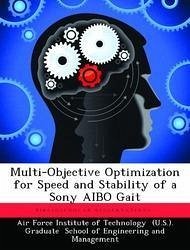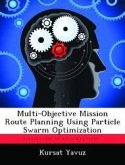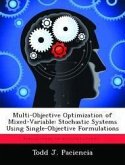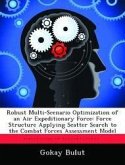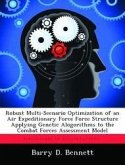As part of the RoboCup 4-legged league, many researchers have worked on increasing the walking/gait speed of Sony AIBO robots. Recently, the effort shifted from developing a quick gait, to developing a gait that also provides a stable sensing platform. However, to date, optimization of both velocity and camera stability has only occurred usinga single fitness function that incorporates the two objectives with a weighting that defines the desired tradeoff between them. However, the true nature of this tradeoff is not understood because the pareto front has never been charted, so this a priori decision is uninformed. This project applies the Nondominated Sorting Genetic Algorithm-II (NSGA-II) to find a pareto set of fast, stable gait parameters. This allows a user to select the best tradeoff between balance and speed for a given application. Three fitness functions are defined: one speed measure and two stability measures. A plot of evolved gaits shows a pareto front that indicates speed and stability are indeed conflicting goals. Interestingly, the results also show that tradeoffs also exist between different measures of stability.
Hinweis: Dieser Artikel kann nur an eine deutsche Lieferadresse ausgeliefert werden.
Hinweis: Dieser Artikel kann nur an eine deutsche Lieferadresse ausgeliefert werden.

